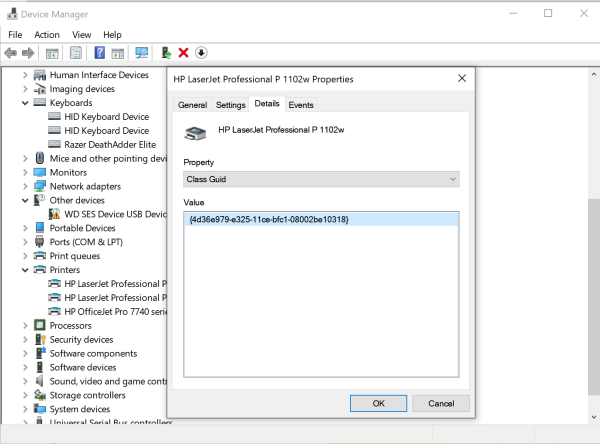What is a GUID?
By Corporal Punishmenton 08/18/2022 |
A globally unique identifier (GUID) is a number used to identify an object or entity in a computer system. GUIDs often identify resources, such as files, in a database. They can also be used to identify devices, such as printers in a network, hard drives, etc. GUIDs are typically generated by a software application or by a hardware device.
GUIDs are composed of 32 hexadecimal digits, divided into four 8-digit sections. The first section generally identifies the type of object or entity the GUID identifies. The second and third sections are usually reserved for a unique identifier for the object or entity. The fourth section is used to verify the integrity of the GUID.
GUIDs are often represented in text format as 32 hexadecimal digits, divided into four sections by hyphens.
For example:
{4F1C7B23-5D53-4E36-B5EC-3F5D8384924A}
In this example, the first section (4F1C7B23) is the type identifier, the second section (5D53) is the unique identifier, the third section (4E36) is the integrity check value, and the fourth section (B5EC-3F5D8384924A) is the version number.
GUIDs can also be represented in other formats, such as base64 or decimal.
GUIDs can be generated by various methods, including random number generators, hashing algorithms, and combination generators. GUIDs can also be assigned by hand, although this is not recommended, as it can lead to duplicate IDs.
If you are interested in the GUID of a device, the easiest way is to open Device Manager and double-click on the target device. Then go to the Details tab and click the property drop-down box. You then scroll down to the Class GUID option.

GUIDs are composed of 32 hexadecimal digits, divided into four 8-digit sections. The first section generally identifies the type of object or entity the GUID identifies. The second and third sections are usually reserved for a unique identifier for the object or entity. The fourth section is used to verify the integrity of the GUID.
GUIDs are often represented in text format as 32 hexadecimal digits, divided into four sections by hyphens.
For example:
{4F1C7B23-5D53-4E36-B5EC-3F5D8384924A}
In this example, the first section (4F1C7B23) is the type identifier, the second section (5D53) is the unique identifier, the third section (4E36) is the integrity check value, and the fourth section (B5EC-3F5D8384924A) is the version number.
GUIDs can also be represented in other formats, such as base64 or decimal.
GUIDs can be generated by various methods, including random number generators, hashing algorithms, and combination generators. GUIDs can also be assigned by hand, although this is not recommended, as it can lead to duplicate IDs.
If you are interested in the GUID of a device, the easiest way is to open Device Manager and double-click on the target device. Then go to the Details tab and click the property drop-down box. You then scroll down to the Class GUID option.







